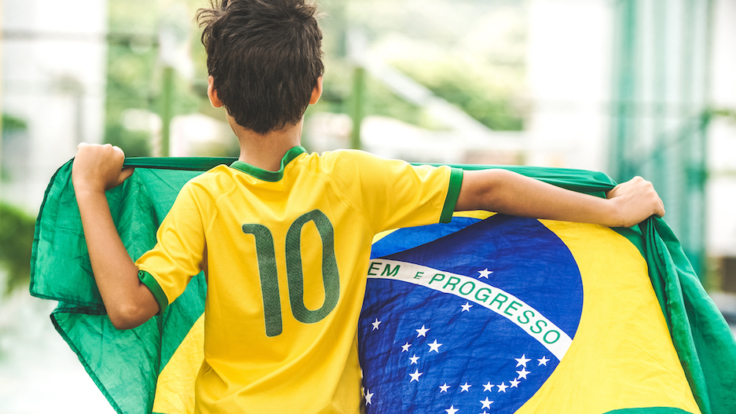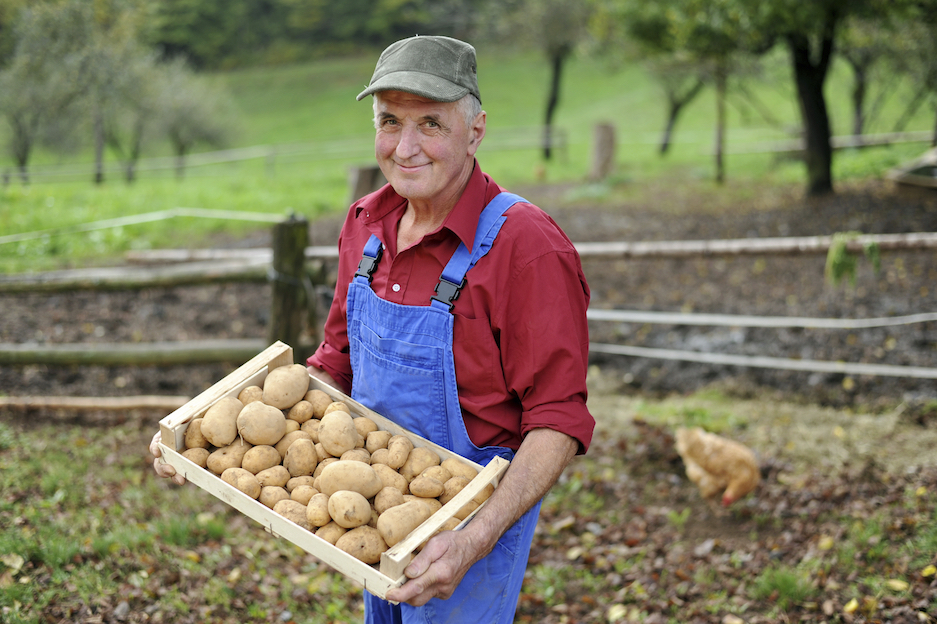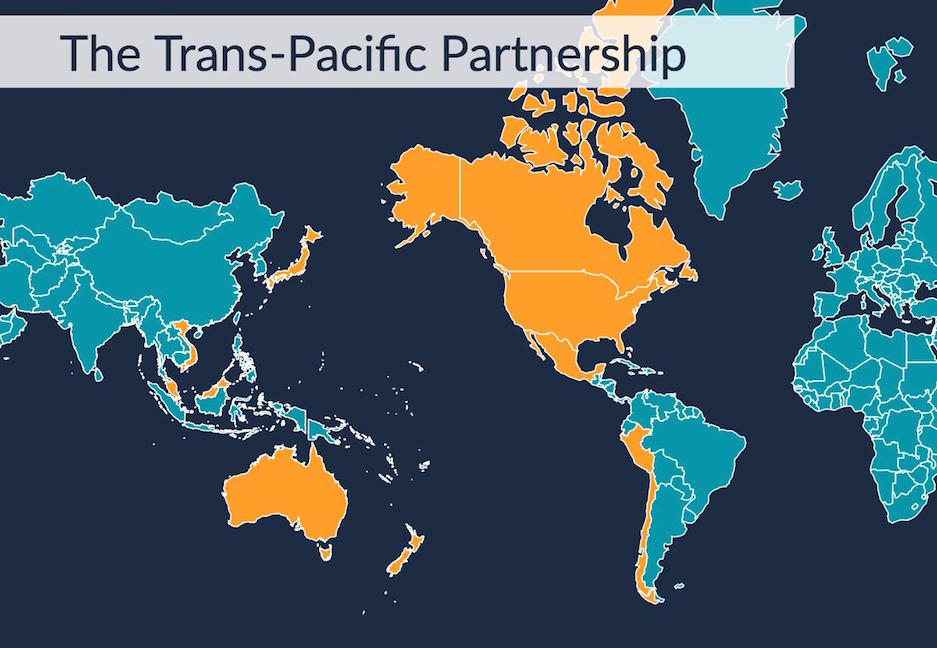Comparative Advantage Revealed: What the U.S. Could Gain from an FTA with Brazil
Olá Brasil!
President Trump and Brazilian President Jair Bolsonaro announced their desire to “build a new partnership” after meeting in August, potentially through a bilateral free trade agreement. For the time being, the United States and Brazil are starting with some pragmatic approaches, for example by streamlining customs procedures, agreeing on safety standards for Brazil to import U.S. pork and beef, increased imports of U.S. ethanol, and possible ways to expand energy trade.
But Brazil would be a good target for a full U.S. free trade agreement. It is by far the largest South American economy. With total two-way trade reaching $103.9 billion in 2018, Brazil is our ninth-largest export market. Beyond any political merits or challenges, the potential commercial benefits can be shown through textbook economics.
“Revealed” Comparative Advantage
In a 1965 paper entitled Trade Liberalisation and “Revealed” Comparative Advantage, economist Bela Balassa developed an index for identifying where the comparative advantage of industrial countries lay in regard to their trade with one another.
Comparative advantage basically means one country can produce a particular good at a lower opportunity cost than another, which doesn’t necessarily mean at a lower absolute cost. The revealed comparative advantage (RCA) index is a useful tool that cuts out the laborious work of trying to assess all the factors that might determine comparative advantage but still captures relative costs and differences in non-price factors. Here’s how it works.
The Power of One
A country’s RCA in a certain class of goods is calculated by dividing the proportion of the country’s exports in that class by the proportion of world exports in that class. If the resulting RCA is greater than one, then a comparative advantage has been discovered. If it is less than one, the country is said to have a comparative disadvantage in that class of good.
The RCA is therefore useful in identifying areas where large gains from trade are possible but currently untapped. If one country’s RCA in a product is below one and another’s is above one this may be a potentially lucrative pairing.
Furthermore, if the country whose RCA is below one has either tariff or non-tariff barriers on that good and is importing from an inefficient source or producing for its own consumption, there is even greater potential for benefit.
The U.S.-Brazil Trade Relationship Revealed
Applying the RCA method to the U.S.-Brazil trading relationship in 20 sectors, the relative strengths and weaknesses of the United States and Brazil are complementary in 11 of them. There are only three categories in which both countries have RCAs higher than one, in which they would compete head to head.
For Brazil, export gains could be made in minerals, animals, food products, hides and skins, metals and raw materials such as alloys and iron ores, all sectors where Brazil has a high revealed comparative advantage compared to the United States. The United States has a revealed comparative advantage in exporting capital goods, chemicals, miscellaneous goods, plastics, rubber and transportation.
Classic Trade: More Sales and More Savings
When it comes to importing raw materials from Brazil, the United States already has zero or low tariff rates in most categories, but there are some products where demand is high, but tariffs remain, creating opportunities for savings for U.S. consumers. For example, U.S. tariffs on building materials such as cut stone and shaped wood range from 3.2 to 4.9 percent. The United States does not have a comparative advantage in these materials and currently imports 24 percent of its building stone and 30 percent of its shaped wood needs from Brazil.
Tariff savings may also shift consumer purchases in Brazil’s favour. For example, Brazil enjoys a comparative advantage over the United States in coffee (we don’t produce it except some specialty in Hawaii). At present, 50 percent of U.S. imported coffee comes from countries we have an FTA with including Colombia and Guatemala, so Brazil would be well poised to increase its share of U.S. coffee imports under an FTA.
The products the United States has a revealed comparative advantage in compared to Brazil are more diverse, from capital goods to chemicals. Brazil’s lowest weighted average tariff among the good represented on the chart is 6.24 percent for chemicals; the highest is 21.01 percent in transportation. Reducing tariffs on U.S. industrial and agricultural goods would benefit both Brazilian importers and U.S. exporters.
A U.S.-Brazil FTA Could Be Positive
Overall, these numbers suggest a high complementarity in revealed comparative advantages between the United States and Brazil such that removing barriers to cross border trade in goods and services between the United States and Brazil has the potential yield gains for both sides, with increased trade flows both ways.
If only negotiating a trade agreement were as easy as following the numbers. The United States has a number of pension and tax reforms it would like Brazil to enact before getting serious about an FTA, and Brazil is a member of MERCOSUR, a South American trading bloc that precludes members from negotiating tariffs on an individual country basis. And so, the two countries will continue to nibble at the margins of an agreement, achieving “free-er” trade where possible, but when they are ready, the comparative advantages are now revealed.
Alice Calder received her MA in Applied Economics at GMU. Originally from the UK, where she received her BA in Philosophy and Political Economy from the University of Exeter, living and working internationally sparked her interest in trade issues as well as the intersection of economics and culture.









